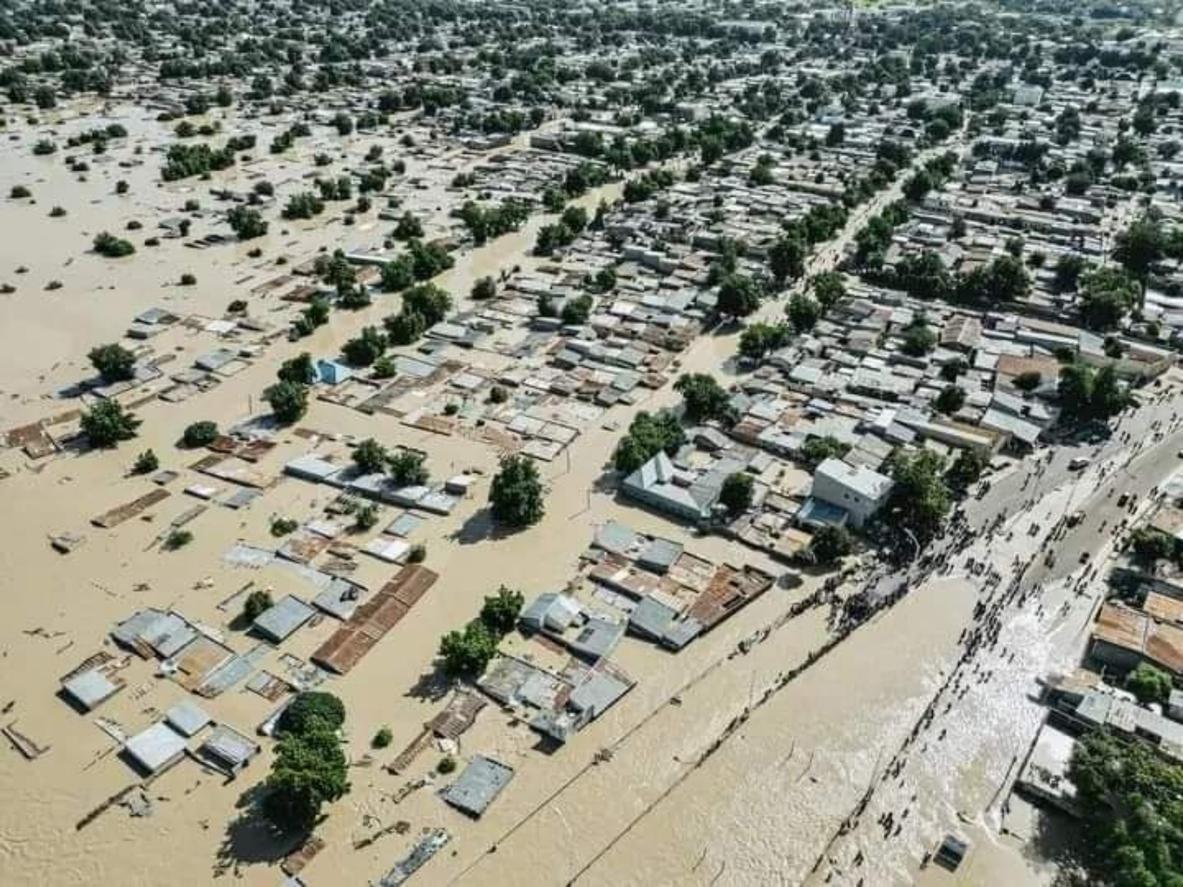May 23, 2003 – The first bird to die from West Nile virus infection was discovered a few days ago in the Ottawa area, two months earlier than in 2002. Last year, the first bird carcass was not found until mid-July.
Some experts believe that the drastic climate changes of recent years must bear some of the blame for the emergence of new epidemics, whether it is the Nile virus, the hantavirus or even SARS.
Thus, in an exclusive interview he gave to PasseportSanté.net this week, Professor Jonathan Patz, an expert on the link between the environment and infectious diseases, explains that the exceptional droughts and heat that have struck the North America in recent years has favored the implantation of exotic viruses, such as that of West Nile.
“It is becoming increasingly evident that the emergence of these diseases, when and where they manifest themselves, is critically influenced by the environment,” he said. It becomes imperative to better understand how a change in environmental conditions can influence the transmission of infectious diseases ”.
The issue of the link between the environment and public health has been debated over the last few days in Montreal, as part of the International Forum on Ecosystem Approaches and Human Health organized by the International Development Research Center (CRDI), an agency of the federal government.
Can man’s impact on his environment really promote the spread of these diseases? Examples that seem to go in this direction abound:
- In the Brazilian Amazon, the mining camps where thousands of men are crowded attract the mosquitoes, vectors of malaria.
- In Malaysia, slash-and-burn agriculture sends so many airborne particles that it interferes with fruit pollination, forcing fruit bats to migrate for food and increasing contact with humans and pigs. These bats are often carriers of the Nipah virus.
- In West Africa, land use changes and severe droughts have had a marked impact on the risks of onchocerciasis (better known as “river blindness”) and cerebrospinal meningitis.
However, possible solutions are being explored by the IDRC to fight against some of the most widespread diseases. In Kenya, for example, to limit the spread of malaria, farmers are suggested to abandon rice cultivation in favor of a plant suitable for dry cultivation, such as soybeans, to reduce the expanses of water that promote mosquito reproduction. They are also recommended to keep cattle near the village, since many mosquitoes that carry the disease prefer bovine blood to human blood.
And in the Brazilian Amazon, where several communities are grappling with a problem of mercury contamination linked to gold mining, farmers have learned to avoid eating some of the most contaminated fish. Research is also being done to identify plants that could help clean the soil of the mercury it contains.
Jean-Benoit Legault – PasseportSanté.net
For more information :
Link to the IDRC website: www.idrc.ca/en/

















